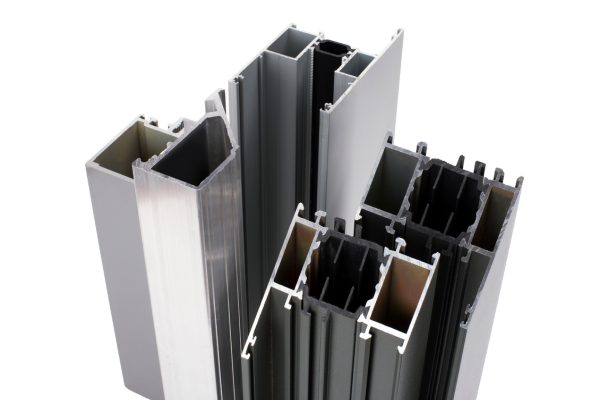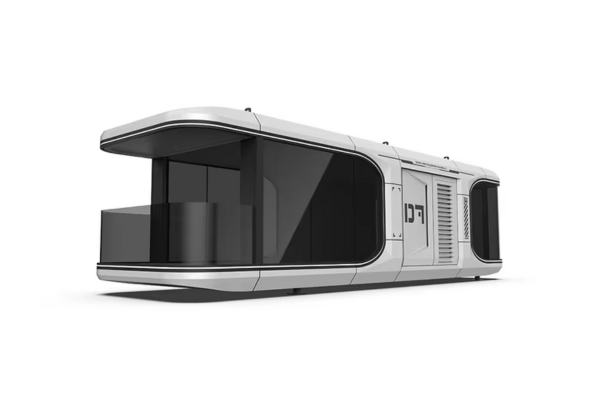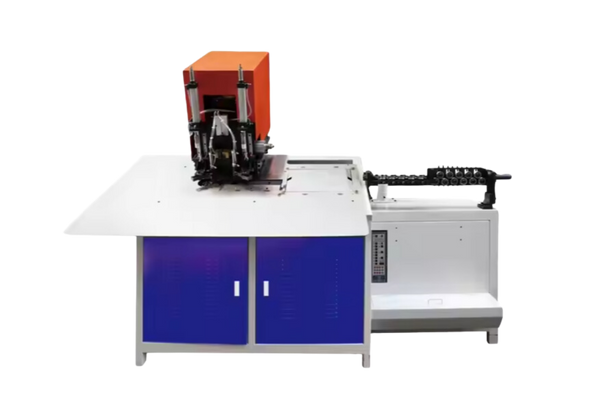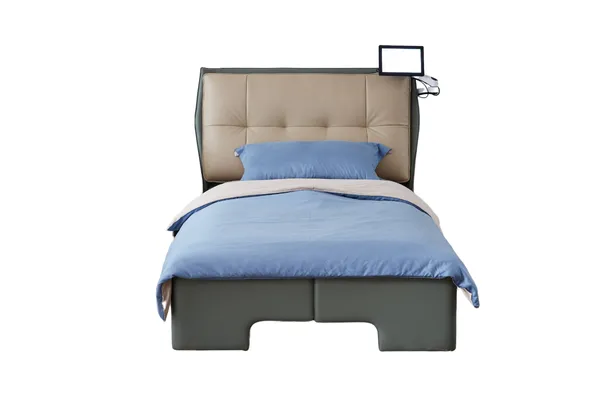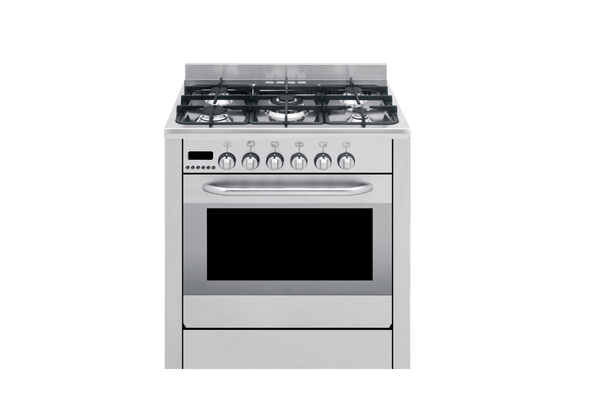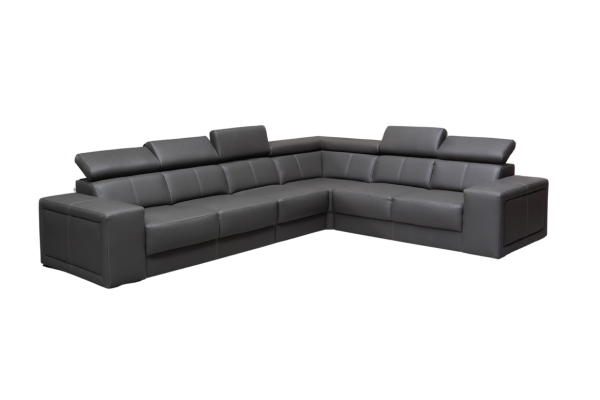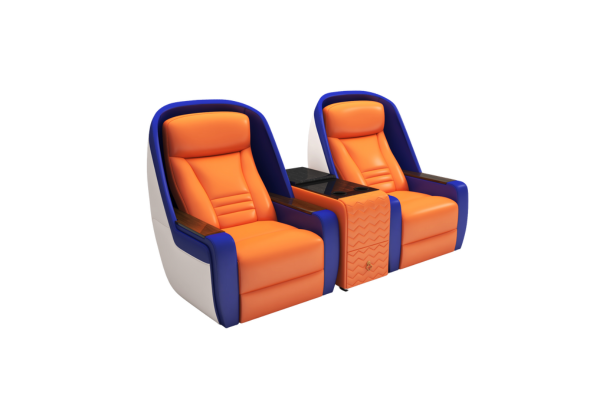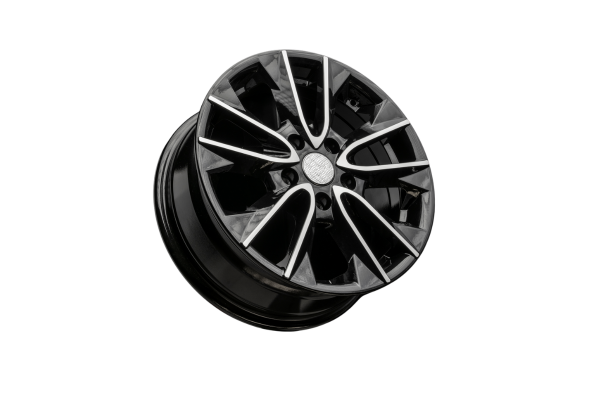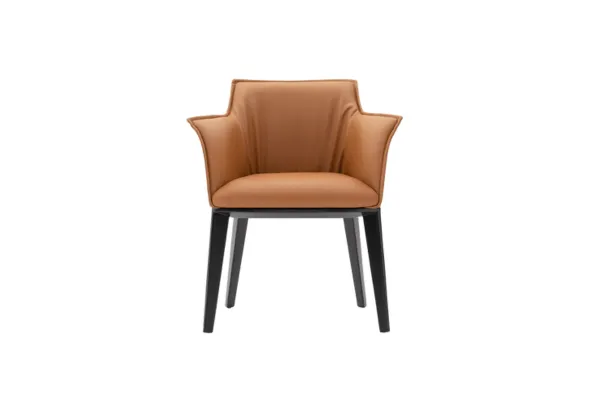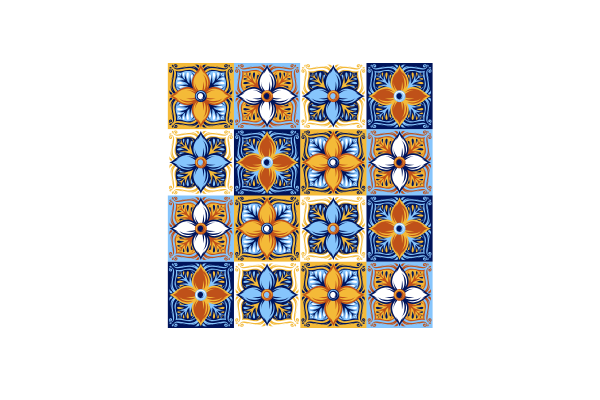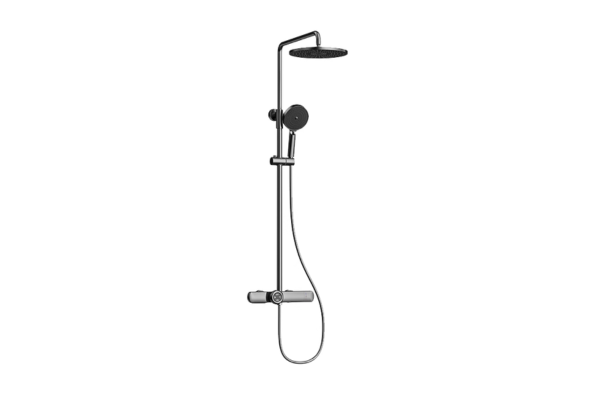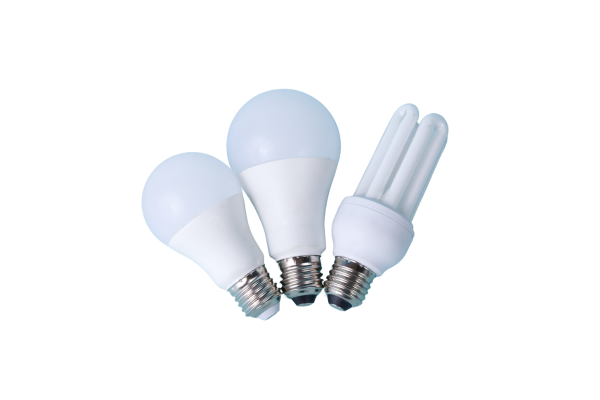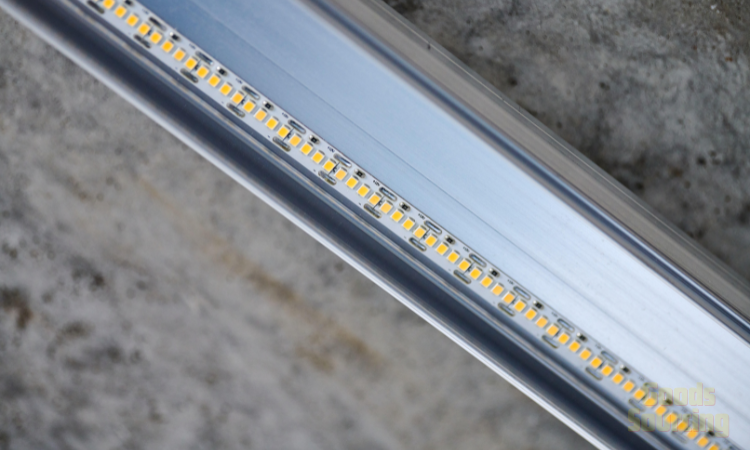1. Definition of Aluminum Profile
Aluminum profiles, also known as aluminum extrusions, are essential components in modern engineering, construction, and manufacturing. Their unique combination of light weight, strength, and versatility has made them a preferred choice in a wide range of industries. This article provides a comprehensive overview of aluminum profiles, including their definition, manufacturing process, types, applications, and key properties, with references to academic research and industry standards.Aluminum alloys have the advantages of low density, high specific strength, excellent corrosion resistance, recyclability, and low cost. They are widely used in construction and other fields, as well as being ideal raw materials for profiles in the construction industry . With the global warming issue, the occurrence of extreme weather and cli- mate events is increasing and intensifying, especially for extreme events such as heavy rain and flooding, high temperatures, and heat waves. In this context, the frequent occurrence of extreme weather has become the new normal in China [6-11]. Therefore, higher require- ments are put forward for the corrosion resistance of architectural aluminum alloy profiles. Faced with a market for aluminum alloy profiles that is becoming increasingly competitive, the way for businesses to advance is to reduce costs, enhance the manufacturing process, and continuously enhance the corrosion resistance, weather resistance, and wear resistance of the aluminum alloy profiles.
An aluminum profile is a long, continuous piece of aluminum alloy with a specific cross-sectional shape, produced by forcing heated aluminum billets through a die in a process known as extrusion. The resulting profiles can be simple, such as bars and tubes, or complex, such as T-slots and multi-chamber structures.
According to the international standard EN 755-9:2016, aluminum profiles are defined as “products obtained by hot extrusion, having a uniform cross-section along their entire length”
2. Manufacturing Process
The production of aluminum profiles is a sophisticated process that ensures the final product meets specific mechanical, structural, and aesthetic requirements. The main steps are as follows:
1)Billet Preparation
Aluminum profiles are typically made from high-quality aluminum alloy billets (such as 6063, 6061, or 6005). The billets are first cut to the required length and then preheated to a temperature between 400°C and 500°C. This heating process softens the metal, making it malleable for extrusion while maintaining its structural integrity.
2)Extrusion
The preheated billet is loaded into the extrusion press. Using a powerful hydraulic ram, the billet is forced through a steel die that has the desired cross-sectional shape. The pressure can reach up to several thousand tons. As the aluminum is pushed through the die, it takes on the shape of the die opening, forming a continuous profile.
Key factors:
Die design determines the final profile shape and dimensional accuracy.
Extrusion speed and temperature must be carefully controlled to avoid defects such as surface cracks or uneven grain structure.
3)Cooling
Once the profile exits the die, it is immediately cooled to solidify its structure. Cooling is typically achieved by air or water quenching. The cooling rate affects the microstructure and mechanical properties of the profile. Rapid cooling can increase strength but may also introduce internal stresses.
4)Cutting
The long, continuous extruded profile is then cut into specified lengths, usually by a flying saw or hot shear, while the material is still moving or immediately after extrusion.
5)Aging / Heat Treatment
Some aluminum profiles undergo an aging or artificial heat treatment process (such as T5 or T6 tempering). This step involves reheating the profiles to a lower temperature (typically 150–200°C) and holding them for several hours. The process allows the precipitation of strengthening phases, which significantly enhances the mechanical properties such as yield strength and hardness.
6)Straightening and Correction
After cooling and cutting, profiles may be slightly bent or twisted. They are straightened and checked for dimensional accuracy using specialized machines to ensure they meet strict tolerances.
7)Surface Finishing
To improve appearance and corrosion resistance, aluminum profiles often undergo surface finishing processes:
Anodizing: Forms a thick, protective oxide layer, which can be colored.
Powder Coating: Applies a durable, decorative finish in various colors.
Painting or Electrophoresis: Provides additional protection and aesthetic options.
8)Quality Inspection
Finished profiles are inspected for surface defects, dimensional accuracy, mechanical properties, and other quality parameters. Non-conforming products are rejected or reprocessed.
3. Types of Aluminum Profiles

Aluminum profiles can be classified in several ways, including by their cross-sectional shape, alloy composition, and intended application. Below are the most common types, with detailed explanations and typical use cases:
1) T-slot Aluminum Profiles
Description:
T-slot profiles feature one or more T-shaped grooves running along their length. These grooves allow for easy assembly and reconfiguration using specialized connectors, bolts, and nuts—without the need for welding or complex machining.
Applications:
Modular machine frames and workstations
Industrial automation equipment
Conveyor systems
3D printer and CNC machine structures
Laboratory and cleanroom partitions
Advantages:
Highly modular and flexible
Easy to assemble, disassemble, and expand
Wide range of accessories available
2) Heatsink Aluminum Profiles
Description:
Heatsink profiles are designed with extended fins or complex surface geometries to maximize surface area and promote efficient heat dissipation. They are typically made from high-thermal-conductivity alloys such as 6063 or 6061.
Applications:
Electronic device cooling (LED lighting, power supplies, amplifiers)
Industrial equipment
Automotive electronics
Renewable energy systems (inverters, battery packs)
Advantages:
Excellent thermal performance
Customizable fin shapes and sizes
Lightweight compared to copper heatsinks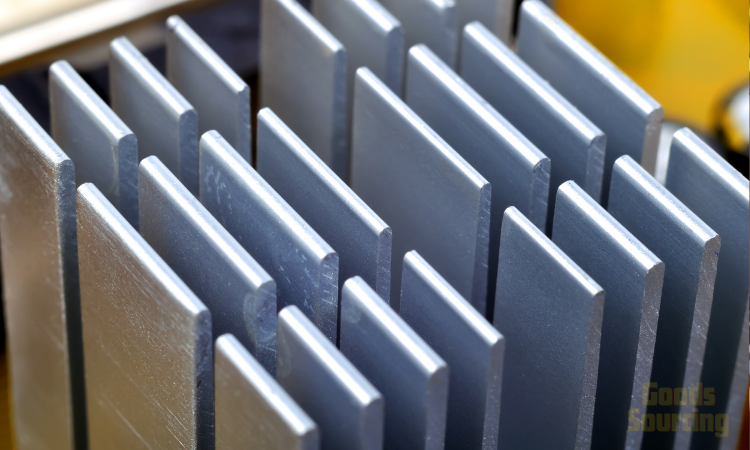
3) Enclosure Aluminum Profiles
Description:
Enclosure profiles are extruded with features that allow for the easy assembly of protective housings, cases, or boxes. They often include slots for sliding in panels, mounting PCBs, or integrating connectors.
Applications:
Electronic device housings
Instrumentation cases
Control panels
Communication equipment enclosures
Advantages:
Provides mechanical protection and EMI shielding
Attractive appearance
Can be sealed for dust and water resistance
4)Angle, Channel, and U-Profiles
Description:
Angle profiles (L-shaped): Used for corner reinforcement, brackets, and framing.
Channel profiles (C-shaped): Used for tracks, guides, and cable management.
U-profiles: Similar to channels but with different proportions, used for edge protection and structural support.
Applications:
Construction and building frameworks
Furniture and shelving
Window and door frames
Support structures
Advantages:
Simple, versatile shapes
Easy to cut, drill, and join
Widely available in standard sizes
5) Custom Aluminum Profiles
Description:
Custom profiles are designed and extruded according to specific customer requirements. These can include unique cross-sections, integrated mounting features, or specialized surface treatments.
Applications:
Proprietary industrial equipment
Automotive and aerospace components
Architectural features
Specialized machinery
Advantages:
Tailored to exact application needs
Can integrate multiple functions into a single profile
Enhances product differentiation and performance
6)Other Specialized Profiles
Solar panel frame profiles: Designed for mounting and supporting photovoltaic modules.
Curtain wall profiles: Used in architectural facades for structural and aesthetic purposes.
Rail and track profiles: For sliding doors, windows, and industrial transport systems.
Furniture profiles: For modular office furniture, display racks, and partitions.
4. The Applications of aluminum profile
① Construction Industry
- Window and Door Frames: Aluminum profiles are commonly used for residential and commercial window and door frames, offering attractive appearance, good sealing, and excellent weather resistance.
- Curtain Wall Systems: The structural framework for glass curtain walls in high-rise buildings often uses aluminum profiles, providing both load-bearing capacity and modern architectural aesthetics.
- Scaffolding and Partitions: Lightweight yet strong, aluminum profiles are ideal for temporary or movable scaffolding and interior partition walls.
- Balcony Railings and Stair Handrails: Their corrosion resistance makes aluminum profiles suitable for outdoor and humid environments, such as balcony railings and stair handrails.
②Industrial Automation
- Machine Frames: Standard aluminum profiles are widely used to build machine frames, supports, and protective covers in automated production lines, allowing for quick assembly and adjustment.
- Conveyor Systems: Aluminum profiles are used for conveyor supports, guide rails, and other components, offering flexible structures that are easy to expand and maintain.
- Workbenches and Tool Cabinets: Custom workbenches, tool cabinets, and material racks in workshops are often made from aluminum profiles to meet various production needs.
③ Electronics and Electrical Industry
- Heatsinks: Aluminum profiles have excellent thermal conductivity, making them the preferred material for heatsinks in electronic components such as power modules and LED lighting.
- Enclosures: Used for manufacturing enclosures and cases for various electronic devices, providing protection and good electromagnetic shielding.
- LED Lighting Housings: Aluminum profile housings not only look attractive but also help dissipate heat, extending the lifespan of LED lights.
④ Transportation
- Vehicle Structural Components: Aluminum profiles are used in the frames, doors, and luggage racks of vehicles such as cars, trains, and subways, reducing overall weight and improving energy efficiency.
- Roof Racks and Luggage Racks: Their light weight and high load-bearing capacity make aluminum profiles ideal for automotive roof racks and luggage racks.
- Trailers: Aluminum profiles are used to manufacture the frames and panels of lightweight trailers, making them easier to transport and handle.
⑤ Furniture Industry
- Modular Office Furniture: Aluminum profiles can be quickly assembled into various office desks, partitions, and filing cabinets, meeting the flexible needs of modern office spaces.
- Shelves and Display Stands: Frequently used in stores and exhibitions, aluminum profile shelves and display stands are attractive, easy to assemble, and portable.
- Home Furniture: Items such as bookshelves, wardrobes, and bed frames made from aluminum profiles are lightweight, durable, and easy to clean.
⑥ Solar Energy Industry
- Solar Panel Frames: Aluminum profiles are used as frames for solar panels, protecting the panels and facilitating installation.
- Mounting Systems: The mounting brackets for solar panels are often made from aluminum profiles, offering corrosion resistance and high strength for long-term outdoor use.
- Tracking System Components: Aluminum profiles are also used in the rotating brackets and connectors of solar tracking systems.
5. Key Properties
The popularity of aluminum profiles is attributed to several key properties:
#Lightweight: About one-third the weight of steel.
#High strength-to-weight ratio: Suitable for structural applications.
#Corrosion resistance: Forms a natural oxide layer; can be enhanced by anodizing.
#Versatility: Can be extruded into complex shapes and customized.
#Recyclability: Aluminum is 100% recyclable without loss of properties.
According to a study published in the Journal of Materials Engineering, the thermal conductivity of 6063 aluminum alloy profiles can reach up to 200 W/m·K, making them ideal for heatsink applications .
The remarkable popularity of aluminum profiles across various industries can be attributed to a unique combination of key material properties that set them apart from other structural materials. One of the most significant advantages is their lightweight nature—aluminum has a density of only about one-third that of steel, which not only makes transportation and installation much easier but also contributes to energy savings in applications such as vehicles and building structures. Despite their low weight, aluminum profiles exhibit a high strength-to-weight ratio, allowing them to provide robust support in demanding structural applications without adding unnecessary mass. Another outstanding property is their excellent resistance to corrosion.
When exposed to air, aluminum naturally forms a thin, protective oxide layer on its surface, which shields it from further oxidation and environmental damage. This inherent resistance can be further enhanced through anodizing, a process that thickens the oxide layer and allows for a variety of decorative finishes, making aluminum profiles suitable for both functional and aesthetic purposes in harsh outdoor environments.Versatility is another hallmark of aluminum profiles. The material can be easily extruded into complex and customized shapes, enabling designers and engineers to create innovative solutions tailored to specific needs. Aluminum profiles are also highly machinable and can be joined using a variety of methods, which adds to their adaptability in manufacturing and assembly processes.
From an environmental perspective, aluminum stands out as a sustainable choice: it is 100% recyclable, and the recycling process consumes only a fraction of the energy required for primary production, all while retaining the material’s original properties. Furthermore, aluminum’s excellent thermal conductivity—particularly in alloys such as 6063, which can reach up to 200 W/m·K according to research published in the Journal of Materials Engineering—makes it an ideal material for applications requiring efficient heat dissipation, such as heatsinks in electronic devices and LED lighting. Altogether, these key properties—lightweight, high strength-to-weight ratio, corrosion resistance, versatility, recyclability, and superior thermal conductivity—explain why aluminum profiles have become indispensable in modern engineering, construction, transportation, electronics, and beyond.
6. How to Select the Right Aluminum Profile
When choosing an aluminum profile, consider the following factors:
Application requirements: Load-bearing, appearance, environmental conditions.
Profile shape and size: Standard or custom cross-section.
Alloy and temper: Different alloys offer varying strength, corrosion resistance, and machinability.
Surface finish: Anodized, powder-coated, or mill finish.
Budget and lead time: Standard profiles are more cost-effective and available faster than custom designs.
| Selection Factor | Options/Considerations | Explanation |
|---|---|---|
| Alloy Type | 6063, 6061, 6005, 6082, etc. | Different alloys offer varying strength, corrosion resistance, and workability. |
| Profile Shape | Square, rectangular, T-slot, custom | The shape should match the structural and functional requirements of your application. |
| Dimensions | Width, height, wall thickness, length | Proper sizing ensures adequate strength and fits the design constraints. |
| Surface Treatment | Anodized, powder-coated, mill finish | Surface treatments enhance corrosion resistance, appearance, and durability. |
| Mechanical Properties | Tensile strength, yield strength, hardness | Choose properties that meet the load-bearing and safety requirements. |
| Thermal Conductivity | High, medium, low | Important for applications like heatsinks or thermal management. |
| Corrosion Resistance | High, medium, low | Essential for outdoor or marine environments. |
| Assembly Method | Bolted, welded, riveted, modular systems | Select profiles compatible with your preferred assembly technique. |
| Budget | Low, medium, high | Consider cost-effectiveness based on project requirements and available budget. |
| Availability | Standard, custom order | Standard profiles are readily available; custom profiles may require longer lead times. |
Aluminum Profile Slot Extrusion Video
7. References
EN 755-9:2016, Aluminium and aluminium alloys — Extruded rod/bar, tube and profiles.
Li, X., Wang, Y., & Chen, Z. (2020). Influence of Extrusion Parameters on the Microstructure and Mechanical Properties of Aluminum Profiles. Materials Science Forum, 987, 123-128. DOI:10.4028/www.scientific.net/MSF.987.123
Zhang, L., Wang, Y., & Li, J. (2019). Application of Aluminum Profiles in Building Facades and Solar Panel Frames. Construction Materials Review, 45(3), 123-130.
Journal of Materials Engineering, “Thermal Performance of 6063 Aluminum Alloy Profiles,” 2019.
Aluminum profiles are indispensable in modern engineering and construction, offering a unique combination of strength, lightness, and versatility. By understanding their properties, manufacturing process, and applications, engineers and designers can make informed decisions for their projects.
For more technical details or custom solutions, please feel free to contact us. Our team is ready to assist you with tailored solutions for your specific needs.
